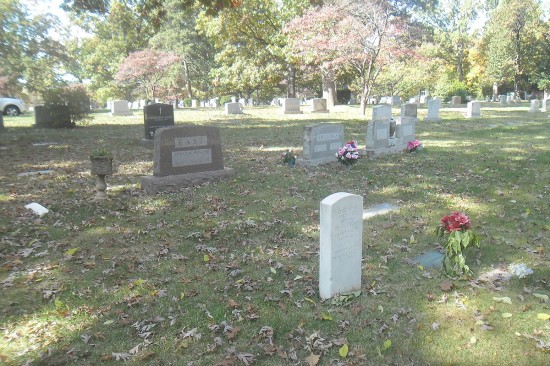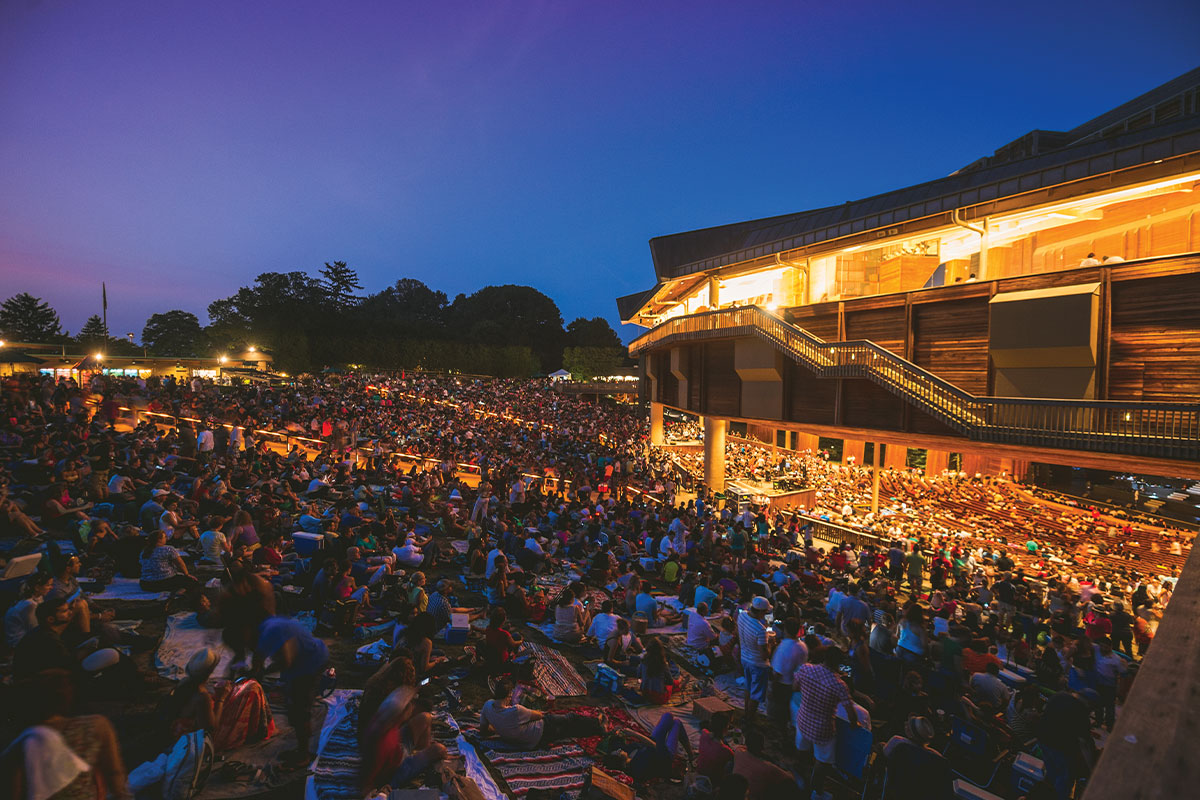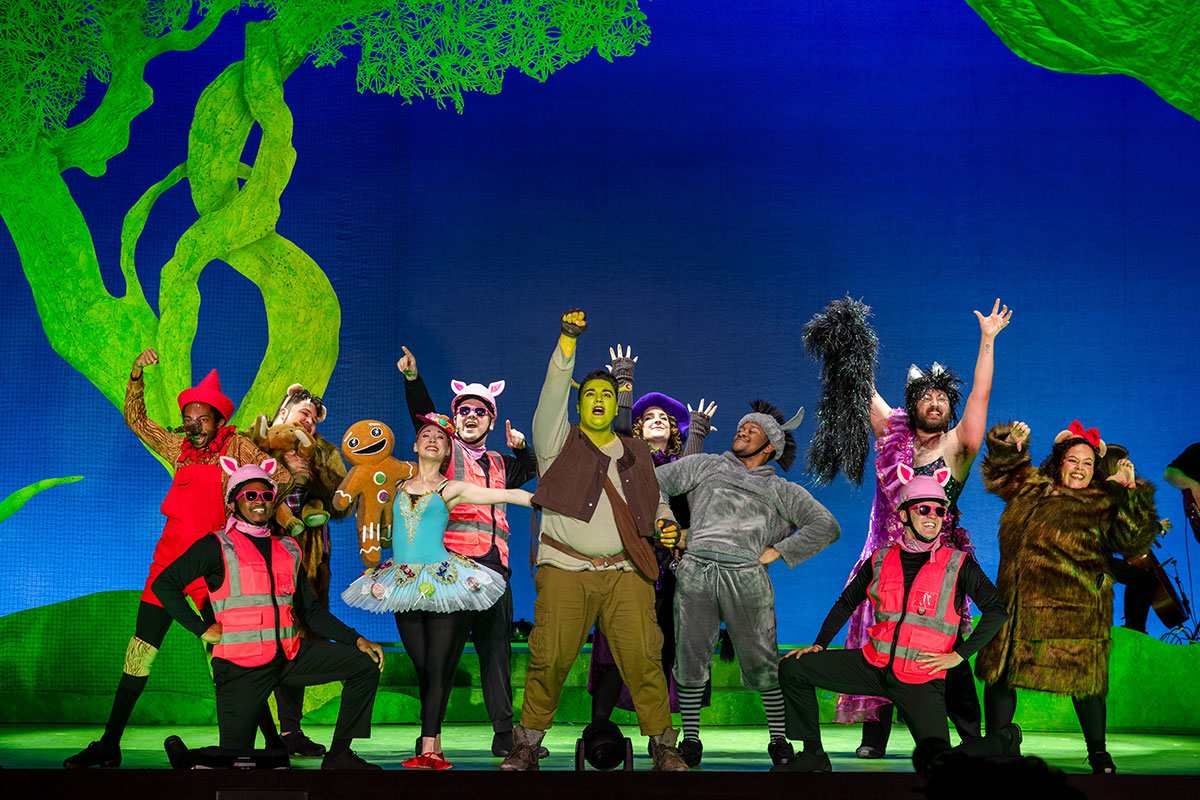
Perhaps no word is more associated with Arlington than “cemetery.” While Arlington National Cemetery is arguably the county’s most famous tourist attraction, there are few institutions whose history is intertwined with Arlington as Columbia Gardens Cemetery as well as the family that has served as its caretaker over the past century.
“Columbia Gardens is Arlington County’s community cemetery as opposed to Arlington [National] Cemetery, which of course has international status,” says Arlingtonian George Dodge, who authored the book Images of America: Arlington National Cemetery. “It’s a who’s who of Arlingtonians.”
The plan for the cemetery was created in 1914 by the incorporation of the Alexandria Park Association, whose goal was to provide a cemetery space that could handle the overflow of Arlington National Cemetery. The APA’s president, Col. Robert Dye, simultaneously served as superintendent of Arlington National Cemetery. Another of the trustees, Circuit Court Judge Harry Randolph Thomas, served as the property caretaker and then as the cemetery’s caretaker when it opened in 1917.
Although the plan to absorb Columbia Gardens into the main Arlington National Cemetery never materialized, it has continued as a distinctive private cemetery under the leadership of the Thomas family, who has continuously operated it through four generations.
The cemetery’s architectural layout is meant evoke rural beauty with its curved streets that run counter to the prevalent straight lines popularized by landscape architect Frederick Law Olmsted when it was designed. Additionally, few area cemeteries offer as wide a range of options for headstone design.
“One of the main attributes of the cemetery is that it’s multicultural; we don’t have particular sections for religions, and the landscape reflects that,” says cemetery president Daun Thomas Frankland. “We have Muslim burials, Jewish burials, Christian burials and Buddhist burials.”
Thomas Frankland, the judge’s great-granddaughter, took over the position of president and caretaker from her now-retired brother Ned Thomas Jr. in June 2015. Their brother Robert manages Columbia Gardens Memorials, which produces burial monuments on-site. Thomas Frankland worked in art and design for several years, but she likes to think that she never really left the cemetery business.
“This has been with us for our whole lives,” says Thomas Frankland, who grew up with her siblings on the property. “Folks used to think it was kind of funny that we lived here, but it was very peaceful. Besides, many of our neighbors lived closer to the graves than we did because their yards backed up to the cemetery.”
Beyond the cemetery, the Thomases have been intertwined with the county for much longer. Thomas Frankland and her siblings are ninth-generation Arlingtonians whose family first settled Arlington in the 17th century. Their great-great-great-grandfather was an estate owner who, according to legend, held the distinction of being the first person Robert E. Lee told when he opted for the Confederacy over the Union. When the Arlington street system was officially set in 1932, three street names—Randolph, Thomas and Veitch—were named after the Thomas family.
Thomas Frankland’s father, Ned Randolph Thomas, was a Korean War veteran who helped dig graves when he grew up on the cemetery grounds. When Dye became ill in the 1950s, Thomas was called upon to return—he was the only one who had spent any time there. He further made his mark on the community with a seat on the Arlington County Board as well as the region’s first Metro board.
The cemetery is currently preparing for its centennial celebration through increased outreach and family activities. They are also applying for arboretum status and hoping to give tree tours.

The Famous Who Lie There
Frank Ball (1885-1966)
The namesake of Arlington’s Ball Street, he was Arlington County’s Commonwealth Attorney and was nicknamed “the wizard” because of his oratory skills.
Leroy Buchanan (1939-1988)
The influential blues guitarist never achieved large-scale fame despite having James Brown, John Lennon, Merle Haggard and the Rolling Stones as fans. Buchanan was a popular underground fixture in the D.C. area throughout the ’70s and ’80s. His life ended tragically when he hung himself in a Fairfax jail following a charge of public drunkenness.
Robert Byrd (1917-2010)
The prominent West Virginia senator holds the record for longest tenure in the senate (51 years) and was third in line for the presidency.
George Dewey (1837-1917)
Dewey fought in the Civil War and the Spanish-American War and attained the title of Admiral of the Navy when he led the charge to capture the Philippines for the U.S. in 1898. He is buried at the National Cathedral, but his mausoleum was transferred from Arlington National Cemetery to Columbia Gardens Cemetery in 1933.
Oren Lewis (1902-1983)
Lewis was a federal judge who authored an opinion on school desegregation that served as the basis of the 1954 landmark Supreme Court ruling Brown v. Board of Education.
The Shadyac family (Joseph, Elizabeth, James, Richard, Julie)
J.E.B. Stuart High School graduate Tom Shadyac (1958-present) is one of NoVA’s most successful Hollywood exports. He began his career as Bob Hope’s youngest staff writer and went on to direct several comedies: Liar, Liar, Bruce Almighty and The Nutty Professor. His father’s family and his mother are buried here.




